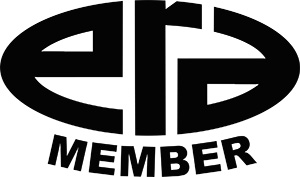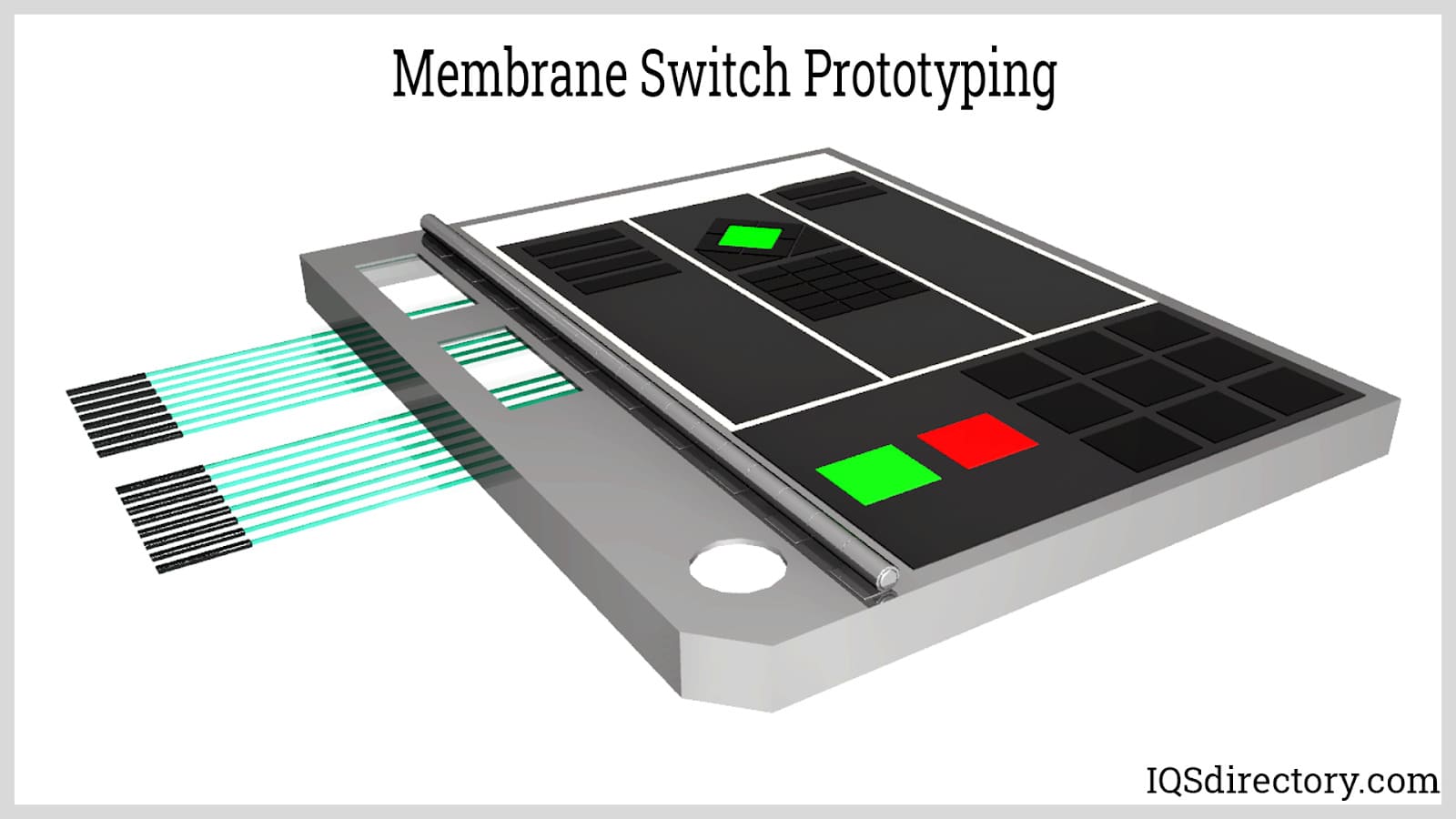How Membrane Switches Help with the Success of Home Automation Technology
How Membrane Switches Help with the Success of Home Automation Technology
Blog Article
Membrane Switch Innovation: The Trick to Trusted and Economical Interfaces
Membrane layer button modern technology has actually become an essential part in the style of user interfaces, offering both integrity and cost-effectiveness across a varied series of applications. Its durable construction ensures resistance to ecological difficulties, while the adaptability in layout enables for tailored solutions that satisfy specific industry needs. As we explore the diverse advantages of membrane switches, their capacity for advancement questions concerning future applications and advancing fads. What does the following phase hold for this modern technology in a significantly electronic landscape?
Understanding Membrane Layer Switch Over Innovation
Membrane button modern technology is a commonly made use of interface solution in numerous electronic devices, offering a smooth blend of functionality and layout. This modern technology integrates multiple layers of products, normally consisting of a graphic overlay, spacer layer, and a circuit layer. The graphic overlay shows the user interface components, while the spacer layer divides the circuit layer from the overlay until a customer triggers a switch.
When stress is related to the overlay, the circuit layer completes the electric circuit, sending a signal to the tool. This system allows for different configurations, consisting of tactile feedback and backlighting alternatives, boosting individual communication. Membrane buttons are usually manufactured using resilient materials such as polyester or polycarbonate, making sure durability and resistance to ecological elements like moisture and dust.
The convenience of membrane layer changes enables their application in diverse industries, including medical tools, customer electronic devices, and industrial controls. Their small layout enables combination right into space-constrained environments, giving an efficient interface without endangering visual appeal. Recognizing the intricacies of membrane button innovation is necessary for producers and designers seeking to create dependable and efficient human-machine user interfaces.
Key Advantages of Membrane Switches
While different interface remedies exist, membrane switches over offer distinct advantages that make them a favored selection in numerous applications. Among the primary benefits is their longevity; membrane switches are developed to stand up to rough environmental conditions, consisting of dampness, dirt, and temperature level fluctuations, guaranteeing long-lasting efficiency. This resilience considerably minimizes the demand for constant substitutes, thereby lowering overall maintenance costs.

In addition, membrane switches are light-weight and small, making them appropriate for applications where room is restricted. Their low-profile style adds to a streamlined look without endangering capability.
Cost-effectiveness is likewise a significant advantage, as the production procedure for membrane switches over has a tendency to be less pricey contrasted to standard mechanical buttons. This affordability, combined with their dependability and convenience of setup, positions membrane layer switches as a practical service for a vast array of sectors seeking efficient and efficient interface.
Applications Throughout Different Industries
Just how do membrane switches adjust to the diverse needs of different industries? Membrane layer switch modern technology is significantly acknowledged for its versatility, making it ideal for a variety of applications across several sectors. In the clinical area, membrane buttons are made use of in analysis equipment and individual monitoring gadgets, where their resilience and convenience of cleaning are important for maintaining look at this site hygiene criteria. The vehicle market uses these switches in dashboards and control board, offering a streamlined aesthetic while guaranteeing straightforward operation.
In customer electronic devices, membrane switches supply a portable remedy for remote controls and home appliances, improving individual experience via intuitive design. Furthermore, the commercial field leverages membrane layer buttons for machinery control board, benefiting from their resistance to harsh environments, such as wetness and dust.
Military and aerospace applications likewise make use of membrane switches for their reliability and capacity to hold up against extreme conditions, ensuring functional performance in crucial situations. The food and drink market adopts these switches for automated systems, where sanitation and convenience of procedure are vital (membrane switch). Inevitably, membrane layer switches are tailored to meet the one-of-a-kind needs of each industry, proving their important duty in modern-day innovation user interfaces
Style and Personalization Alternatives

In the realm of membrane button modern technology, style and personalization options play a critical role in boosting performance and user communication. These buttons can be tailored to satisfy details functional needs and visual preferences, making them functional elements have a peek at these guys in numerous applications.
One of the primary modification choices is the layout of the button itself, which can be developed to suit distinct customer interfaces and ergonomic considerations. By readjusting the form, size, and setup of buttons, suppliers can produce intuitive styles that facilitate simplicity of use. Furthermore, the incorporation of various shades and graphic overlays permits for branding and improved exposure, making sure that customers can rapidly identify features.
Furthermore, membrane layer switches can be crafted with various responsive responses mechanisms, such as raised switches or distinct clicks, to enhance the individual experience. Various materials can likewise be picked for resilience and ecological resistance, addressing factors such as wetness, temperature level variations, and chemical direct exposure.
Inevitably, the extensive design and personalization alternatives offered in membrane layer button technology equip services to develop customized services that not only satisfy useful needs yet also align with their branding and operational requirements.

Future Fads in Membrane Switches
As membrane switch modern technology proceeds to evolve, future trends are progressively concentrated on boosting user experience and integrating advanced performances. One considerable fad is the assimilation of touch-sensitive and capacitive technologies into conventional membrane layer buttons. This growth permits even more instinctive interface, providing tactile feedback while maintaining a sleek design.
Another emerging trend is making use of eco-friendly materials, driven by the growing demand for sustainable production techniques. Makers are seeking to reduce their carbon footprint by utilizing recyclable substratums and low-impact inks, aligning with global sustainability objectives.
Additionally, the rise of the Net of Points (IoT) is motivating the consolidation of wise functions into membrane buttons. Boosted connection choices will enable tools to connect with each various other, enabling smooth combination into more comprehensive systems.
Furthermore, improvements in printing innovations, such as digital printing, are enabling higher style flexibility and modification. This enables suppliers to create elaborate layouts and lively colors cost-effectively.

Final Thought
In verdict, membrane layer button technology represents a crucial advancement in individual interface style, supplying significant advantages in sturdiness, personalization, and cost-effectiveness. As advancements continue to arise, specifically in touch-sensitive interfaces and sustainable materials, the possibility for article membrane layer changes to boost individual experience and capability continues to be appealing.
Report this page